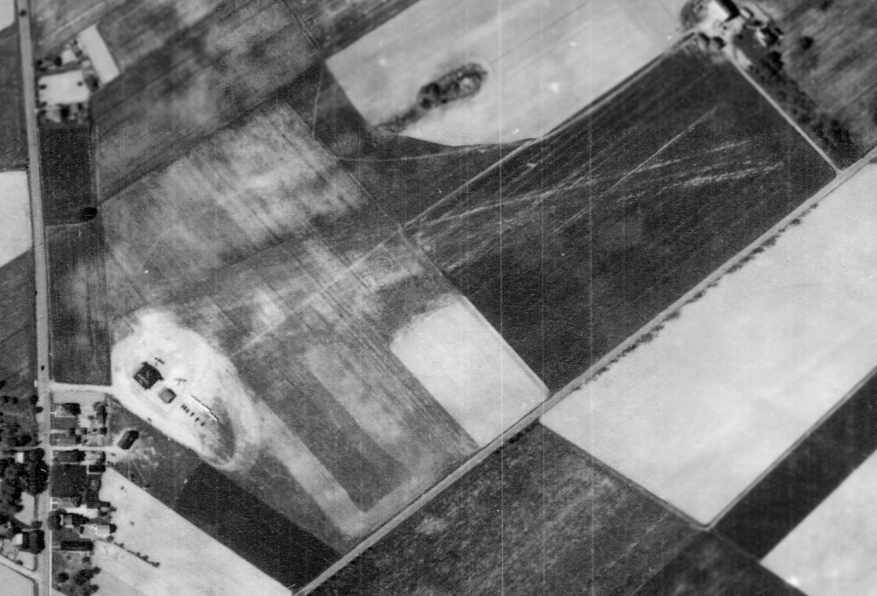Time Travel: I shoulda taken that left turn at Albuquerque
Technologies like GPS have changed the world. These days it seems like we need it even to find our way to the grocery store. I exaggerate, but only a smidgen.
Mostly gone are my driving days like in college, when I was known to spontaneously travel hours by myself to visit friends in a new-to-me city. …Without – gasp! – a cell phone. Just me and a map. It was wonderful. Can you relate?
But can you imagine piloting a plane that way? In our era of autopilot airliners and drones, it’s easy to forget that early pilots didn’t have as much in the way of navigation aids. Compasses, maps, your own wits and good eyesight, limited radio tower help, and scant more were your friends for most cadets across World War II American airfields. And you got clear weather if you were lucky. If not, you’d better lug a good coat or jacket with you and hope your chilly fingers could manage the maps while you flew.
Picture yourself as a new pilot, focusing on the flying itself, yet also tasked with getting from Point A to Point B in unfamiliar territory. WASPs training in Sweetwater, Texas, like Marion Stegeman Hodgson sure could. She recalls in a letter to her mother in her autobiography, Winning My Wings: A Woman Airforce Service Pilot in World War II:
I went on my fourth solo cross-country (X-C) yesterday, and a strong wind blew me off course and made me temporarily uncertain. I decided to head for home anyway, but things started looking wrong, and the checkpoints didn’t jibe with my map. I buzzed a couple of towns but couldn’t find the names of them anywhere, so I turned around and went back to a town I had just passed over that had an airport…The roads leading out of each town made a similar pattern and the fields were located in the same place in relation to the towns. So I entered the traffic pattern with a bunch of PTs [primary trainers] and landed. The Army cadets and instructors nearly fell out of their planes when they saw a girl taxiing by in a BT [basic trainer]!
Other stories recount the added challenge of navigating at night in bad weather. Runway beacons often hid below fog and rain.
Pretty impressive what these pilots accomplished, day in and day out. It’s humbling. Makes we want to ditch the GPS for a while and show even more gratitude to WASPs and every pilot who served World War II.
In next month’s Time Travel hop in a biplane with me, and we’ll explore coastal Maine…
Questions for you: What would you think about learning to navigate as a solo pilot in World War II? Have you ever gotten really lost? How did you get back?



0 Comments